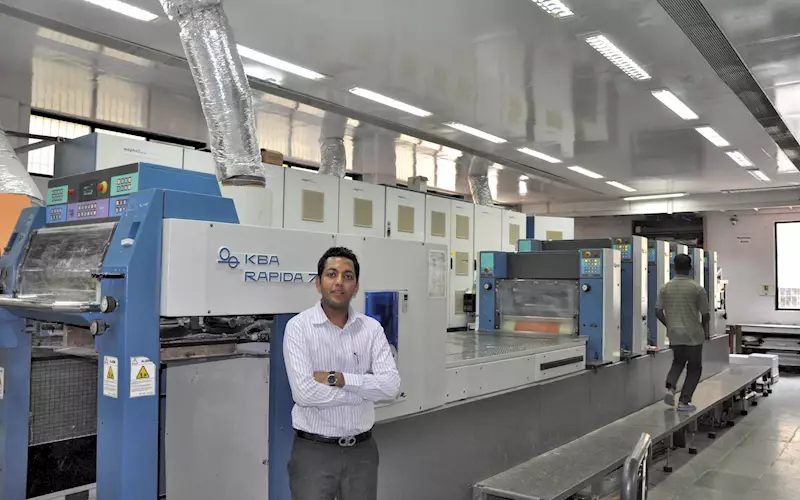The best press practices from the West
Located in Bhiwandi, Quality on Time Packaging (QoT) is a new name in packaging printing. Its parent company, Print Services, is an old-timer in the commercial printing sector. With only three-years in the new business, QoT has managed to tap 30 well-known biggies of the pharmaceutical and FMCG sector. Mugdha Gangoli speaks to its young director, Devang Rawat to understand what QoT plans to offer to the packaging world.
19 Sep 2015 | By Mugdha Gangoli
|
Core values in the organisation
Every organisation must have some defined core values. These serve as the Bible to relate to for all the people and processes in the company. It is very important for an organisation to be aligned to a common set of beliefs and rules. Once an organisation exceeds a certain number of people, it becomes difficult to align all the employees with the practices and beliefs of the company. Employees tend to follow their individual beliefs in the absence of core values.
Daily huddle
At QoT, we practice a daily huddle in all departments of the organisation. This daily huddle is an eight-minute meeting, which keeps every department up-to-date with the company’s progress. The huddle starts with every member announcing his foremost focus for the day, moving on to the important numbers for the organisation like sales targets, rejections, etc. Later, we discuss about any missing system and/or opportunity that a member would like to highlight. This is how we kickstart the day with a cheer on our face. This simple daily agenda acts as a refresher for all the departments and creates an open forum for discussion where every employee is given equal importance and is informed about the company’s progress.
Value Stream Mapping
Value Stream Mapping (VSM) is a process where an organisation lists down each and every process it conducts in detail. The purpose of this activity is to identify all processes that are not required but are currently being carried out. VSM is part of the ‘Kaizen’ philosophy which is followed in order to eliminate any ‘Muda’ or wastage in your process.
VSM helped us come across some alarming data. For example, it takes us more time from the stage where we have received a confirmed order from a client to the start of production compared to the time it takes from the production till its delivery. In order to deliver on time, we tend to focus purely on the manufacturing part, whereas, a reason for the delay may be due to excessive proofs, incorrect artwork, etc. One can find plenty of useful links online for implementing VSM in your organisation.
The quarterly QOT dhamaka
In every quarter, we hold a dhamaka party at our factory. This involves few simple management games where every employee, from workers to the senior staff are involved. These games act as on-the-job learnings through a fun way rather than a boring classroom session. This also encourages participation and attention. At the end, we hold an auction for the entire team. All the workers and staff are given certain incentives for earning “khoka’’ (QOT currency).
For example, 100% attendance for a month earns you 1000 khoka, carrying out an odd task which is not part of your job description earns you 300 khoka and so on. As a result, every employee earns a different amount of khoka. The auctionable items include all sorts of accessories like mobile phone, cycle, utensils, IPL match ticket, new shirts, etc. These items are purchased by the highest bidder at the auction using khoka points. The results of this activity have been surprisingly motivating.
Process is more important than the result
This may puzzle a few, but we believe that the correct process being followed is more important than achieving the correct result. In the short term, you may achieve results even without following the correct process, but, in the long term, you can taste success only if you follow the correct path. We use this course of action in dealing with all the errors and customer complaints we receive.
|















 See All
See All